Learn how to meditate with our practical guide. In just 15 minutes a day, you’ll begin to know yourself better, reduce stress, improve concentration, and make deeper connections with others.
Meditation is a practice of presence. When you meditate, you practice reaching a state of awareness of the here and now. By focusing on the Now, you enrich your life and rediscover a power you didn’t know you had.
“When your attention shifts into the Now, there is readiness. It is as if you’re waking up from the dream of thinking, the dream of the past and the future. You get so much clarity, so much simplicity.” – Eckhart Tolle, from the book The Power of Now.
With meditation, your thoughts take on intentionality. You learn to free yourself from unconscious, compulsive thinking. You stop identifying with what you think and free your identity from the phony narratives that thoughts construct.
Ready to explore the transformative power of meditation? Discover how to start meditating in 15 minutes a day with 10 practical techniques.

What does it mean to meditate?
Meditation is an ancient spiritual practice that focuses on the experience of the present moment and self-awareness. It is a process of inner exploration that helps you achieve a state of mental peace and tranquility.
Meditating means observing emotions, physical sensations and thoughts without identifying with them. For example, it means monitoring the flow of thoughts going through the mind as external spectators. It means “getting out of one’s head,” out of the automatic mechanisms of the mind that create an uncontrolled spiral of ruminations.

Meditation practice includes systems of anchoring yourself in the present moment and extricating yourself from selfish thoughts. For example, by focusing on your breath or other physical sensations, you develop mental clarity. You thus rediscover your authentic nature, that part of you that is spectator to your own thoughts.
Why meditate?
We are used to resisting what we do not like. We reject that someone may leave us, or that someone rejects us. We can’t stand the idea of facing Monday, losing a job, or not finding a job. We reject the loss of a loved one. When we get sick, we talk about “fighting” our illness. Unfortunately, this state of resistance to the things that happen to us only adds pain to pain.
What is the purpose of meditating? When you meditate, you free yourself from this inner struggle and fully accept the present. This doesn’t mean that when you get sick you don’t have to treat yourself. Accepting the present, even with the possible suffering it brings, does not mean ignoring it. It means fully allowing the present to exist, without resistance or judgment. It means observing it without being overwhelmed by the negative emotions it might provoke.
Along with acceptance of the present moment, meditation brings numerous scientifically proven benefits for mental, emotional and physical health. So let’s explore what meditation is good for with 5 ways meditation improves your life:
- Mental and emotional well-being: Meditating calms the mind and reduces stress. By focusing on the present, you stop ruminating about the past or having anxiety about the future.
- Unconditional acceptance: Meditating helps overcome pain, both physical and mental, by fostering unconditional acceptance of the present moment.
- Physical health benefits: Meditating on a regular basis reduces blood pressure, improves sleep and strengthens the immune system.
- Improved attention: Meditating improves attention by training the mind to stay focused. This is especially useful in study or work, where it can help you achieve a state of flow.
- Exploration of mind and consciousness: Meditating helps you develop a deeper perspective on life. It brings you closer to a greater understanding of yourself and your true needs and desires.
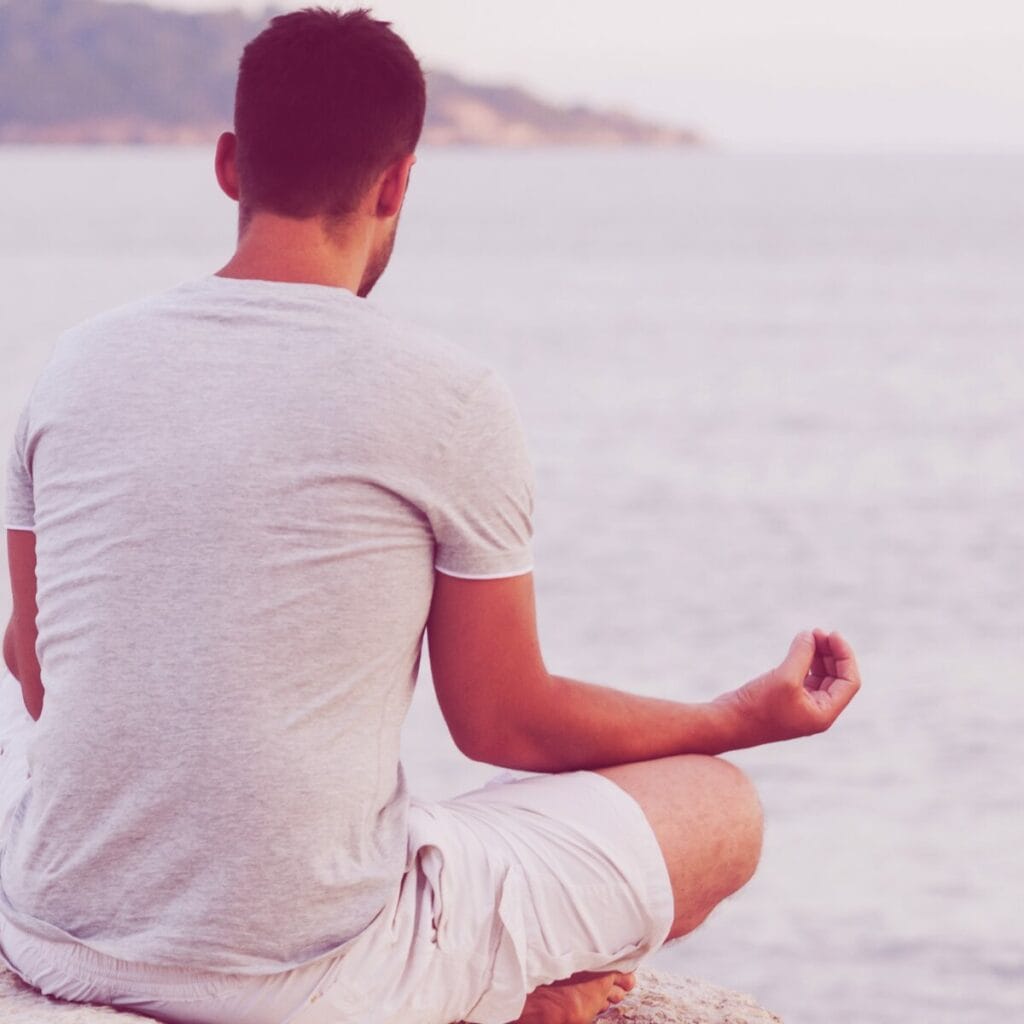
How to meditate?
How does one go about meditating? First, meditation is not something you “do.” Doing implies an action, a will formulated in the past apt to produce an effect in the future. As pointed out by Eckhart Tolle, “meditation is not a doing, it is the realization that you are a being.”
In other words, meditating is not an action, but a state of awareness and presence. This means that you do not just meditate while sitting on a cushion with crossed legs and eyes closed. You can reach the state of meditation even when “doing” something else. Indeed, meditation is, in its most advanced form, precisely the state of doing something in full presence in the here and now.
But what does it mean to be present in the here and now? You are present when what you do is not just a means to an end but is fulfilling in itself, when there is joy and vitality in what you do.
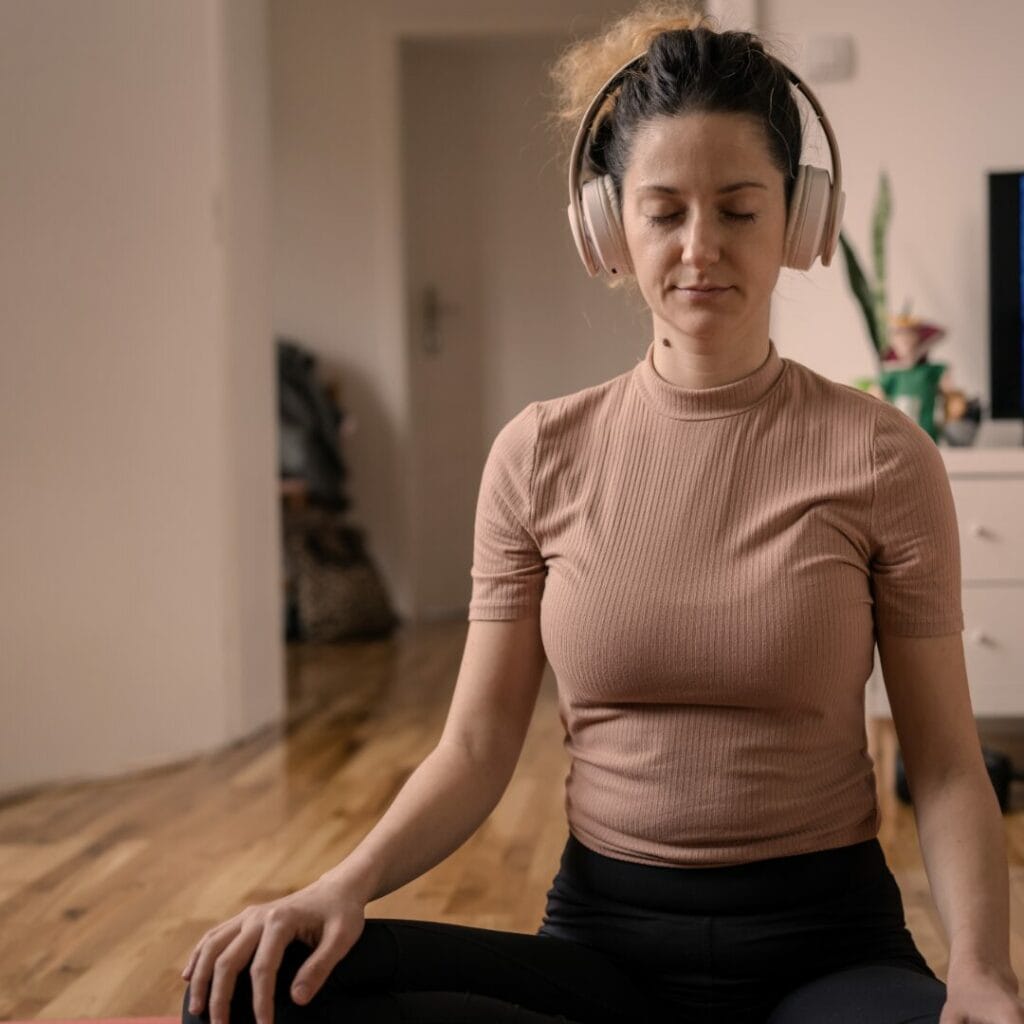
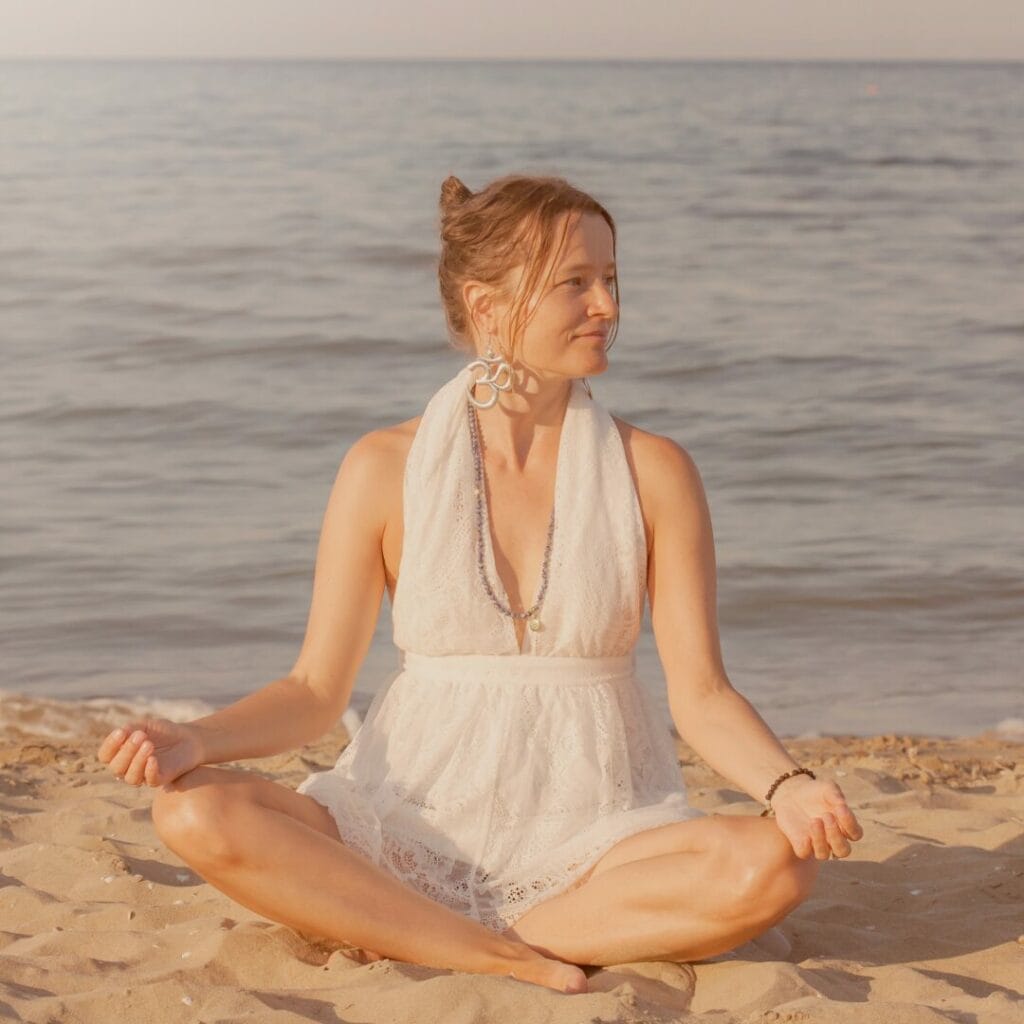
Of course, achieving a meditative state while practicing activities is more difficult, especially in the beginning. This is because we are used to letting things around us trigger chains of uncontrolled thoughts.
How does one do meditation then? By practicing control over our minds. By becoming the masters of our thoughts instead of their slaves. And to begin with this requires concentration. You will have to eliminate sources of distraction and external stimuli. It will require you to sit in a quiet room with your eyes closed, focusing on the breath. But with experience, you will also meditate on the bus going to work, during a walk, washing dishes, and even while interacting with others. To start meditating, it can also help you to use a meditation app (find out the 5 best meditation apps of 2024 and 5 ways to reach nirvana with your phone).
So let’s look at 10 mindfulness practices for learning to meditate. We recommend practicing these techniques as a morning ritual. Practice for 15 minutes a day and at least 8 weeks – watch how your life is transformed!
Morning meditation: 10 progressive practical exercises
1. Presence exercise

Learning to meditate begins with a pause. Cultivating presence means getting out of one’s mind, that is, to stop identifying with the stream of thoughts in our head. When we pause and begin to observe our thoughts as if they were something other than us, we realize that we are not what we think, but rather the awareness of our thoughts.
Find a quiet place, sit comfortably and close your eyes. Reconnect with the present moment. Realize that the past and future do not exist; existence is a flow of present moments. The present is the only moment you have; it is where life happens.
The mind will play tricks on you. It will try to drag you into memories of things that no longer exist. Or into fantasies of things that do not yet exist and may never exist. Lest your mind fool you, don’t try to shut it up. Instead, start listening to it as if it were something that does not belong to you. Observe your thoughts. In doing so, realize that you are not your thoughts, but the consciousness that listens to them.
Try this simple practice. Ask yourself: “What will be my next thought?“. Then wait for it to come.
2. Relaxation exercise

Now that you know how to be present, you can take the first step in taking control of your current state. With this exercise you will learn how to consciously choose a relaxed state instead of undergoing a stressful condition.
Take notice: we are accustomed to viewing our physical or mental state as a given. As something we undergo and have no control over. We are in a state of tension and we are not even aware of it: some people bite their nails, some shake their leg nervously, some put their hands in their hair. We keep the muscles of the body tense without even realizing it, until we are paralyzed by backache or headache. The mind races on its own, sinking into thoughts without control. Yet control resides in us, always.
To relax, first become aware of the state you are in. Observe your body. Identify points of tension, involuntary gestures. Observe your mind: what will be your next thought?
Take a deep breath and let it go. If you have difficulty relaxing, try tensing the muscles of specific parts of your body for a few seconds. For example, you can tense your leg muscles, hold them tense for a few seconds and then let go. Observe the feeling of relaxation that follows. Repeat for different parts of your body.
Notice the sensations and take a moment to be present in your body.
3. Breath awareness exercise

Mindful breathing is one of the most universal mindfulness practices. Breathing is a primary function, an act that can be performed either consciously or unconsciously.
You can let the breath proceed independently, without your conscious intervention. Or you can take conscious control of it: stop it, slow it down, speed it up, or make it deeper. Connecting with your breath can help calm you, providing an anchor to return to whenever your mind tries to plunge you into a whirlpool of uncontrolled thoughts.
There are many breathing techniques. You can explore some guided exercises on our YouTube channel or on our Meditations page. A basic technique to start with is counting breaths. Start counting breaths in groups of 5 and move to groups of 10 breaths as you get better at it.
4. Body awareness exercise

With the previous exercise, you discovered the power of connecting with your breath. Now you can go one step further: extend awareness to the totality of your body. With this exercise you will explore the dimension of physical sensations in an unmediated, nonjudgmental way.
The simplest technique for developing body awareness is body scanning. This technique allows you to identify sensations of which you are typically unaware.
Bring your attention to your body. Start at the top of your head and work your way down to your feet. Notice the sensations in each part of your body, without judgment. Don’t neglect the peripheral parts: also rest your attention on parts such as your forehead, eyes, tongue, individual fingers. It can help you name the sensations you encounter.
5. Emotion awareness exercise
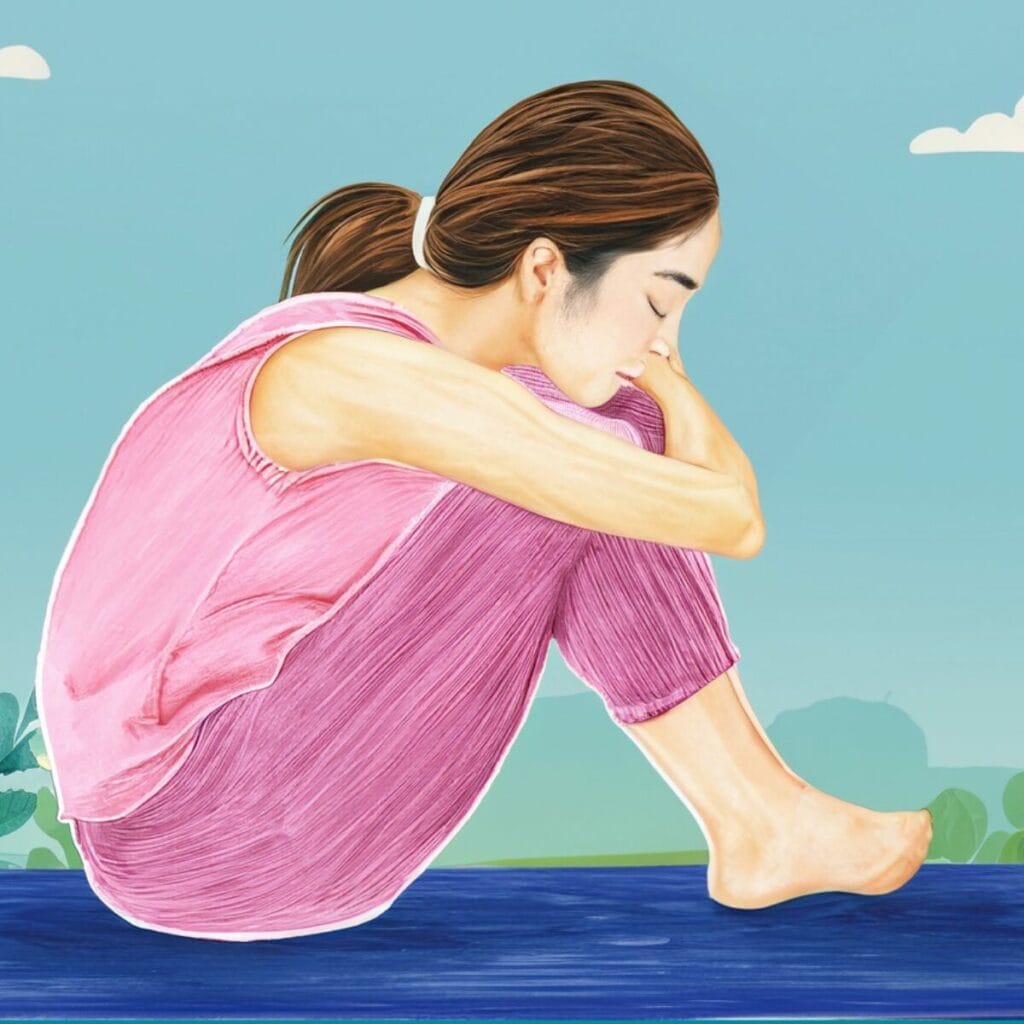
Let us now shift awareness from the physical to the emotional dimension. With this exercise, you will learn to recognize and accept your emotions with more awareness and without judgment.
Begin by sitting comfortably in a quiet place. Observe your emotions as if they were clouds passing through the sky of your mind. Notice if you can associate your emotions with certain parts of your body. Maybe you feel anxiety in your chest, near your heart. Or anger stinging in your stomach.
Don’t try to change or repress your emotions. Accept them. Give them a name. Simply welcome them with kindness and curiosity. The more carefully you observe them, the more you will learn to understand and manage them effectively.
6. Thought awareness exercise

After the body and emotions, we take a further step of abstraction and deal with thoughts. It may sound strange, but our thoughts are one of the most difficult things to become aware of.
We think that just because we are the ones who think them, then we are automatically aware of them. But this is not the case. On the contrary, most of us don’t have a clue about the things we think about.
Don’t believe me? Do this exercise: every once in a while try to stop and ask yourself: “What am I thinking?”. As you wash the dishes, stop and ask yourself this question. Or put a reminder on your cell phone asking yourself this question, “What are you thinking about?” You will realize that only after asking and answering this question do you become truly aware of what you are thinking about.
In most cases our thoughts proceed like a waterfall: so rapid and incessant that we have no time to be aware of them. Thus we find ourselves in a spiral of thoughts. We start from an episode at work and find ourselves imagining that we have been fired. We feel an ache and find ourselves planning our own funeral.
The first step is to recognize our thoughts. We often feel that thoughts are the enemy of meditation. We think that if we are thinking about something, then we are not really meditating. But the truth is that thoughts can be a natural part of meditation. What distinguishes the meditative state is the awareness we have of our thoughts. Whenever you stop and realize that you are thinking, you are reaching a meditative state.
If you want to find out more about how you can change your words and thoughts for a happier life, read our article “How to Live a Happy Life: 10 Words to Eliminate.”
7. Consciousness awareness exercise

Let’s do an experiment: for the next 30 seconds, try to be unconscious. How did it go? This exercise helps you realize how this chimerical consciousness you have been seeking in the previous 6 practices is actually inescapable. For we are consciousness. Consciousness is an unchanging and ever-present background presence in our existence.
Achieving awareness of our consciousness opens us to the deeper essence of who we are. Zen masters speak of “stepping backward.” Stepping back turns our light inward to illuminate ourselves. Achieving awareness of our consciousness means gaining a deeper sense of theI am.
To achieve this awareness, try practicing the previous exercises by stepping back. That is, identifying with the entity that has awareness of your body, emotions and thoughts. Try asking yourself: “How do I know that I exist?”.
8. Exercise in compassion and empathy

Stress, feelings of inadequacy, fear, and distrust inhibit our ability to manifest compassion and empathy toward others. Yet these capacities are deeply rooted in us with a potential evolutionary foundation.
Stepping back to reconnect with your emotions and thoughts can help you unlock this capacity. Developing self-awareness helps to recognize and accept our emotions, while also becoming more sensitive to the needs and emotions of others.
Bring your attention to someone you know who is going through a difficult time, or who needs help. Try to imagine yourself in this person’s situation. Of going through the same difficulties, fears and pains as him or her. What do you feel?
9. Forgiveness exercise

At this point in your meditation practice you may have encountered deep emotions, or you may have become aware of recurring thoughts or traumatic memories. This is one of the main consequences of mindfulness: it brings into the light of consciousness experiences, emotions and thoughts that previously controlled you from the subconscious.
A very common experience among people who practice meditation is to become aware of negative emotions such as guilt or resentment toward others. When we incubate these emotions, we inevitably become enslaved by them.
In a Buddhist parable, two former prisoners of war meet after many years. The first asks, “Have you ever forgiven your captors?” The second prisoner replies, “No, never!” “Well then,” replies the first prisoner, “you are still their prisoner.”
Forgiving those who have hurt us, whether it was others or ourselves, is an act of freeing ourselves from the past. Forgiveness is not for the benefit of others, but for ourselves. Forgiveness does not mean condoning. Those who do wrong must pay. But we can protect ourselves and make sure that those who have done wrong are accountable, without resentment. Forgiveness is easier when we have developed compassion and empathy: those who cause pain often do so in response to their own pain and attack us not knowing any better. Wounded animals have been known to be the most likely to bite.
Sit comfortably. Be present, bring your mind to your breath and relax. Become aware of the pain you continue to feel from what happened to you in the past. Realize how each time you tune into this pain, you are transported to that moment in the past when you were hurt, and relive the trauma.
As you dwell on these feelings of pain, identify that part of you that wishes to be free of them. Observe that part of you that is tired of pain and would like to free itself. Align yourself with this desire for liberation. Address the person who has hurt you, whether it is yourself or someone else. Declare your intention to forgive. It does not matter if you are not yet ready to do so. What matters is the willingness to try.
10. Exercise of equanimity
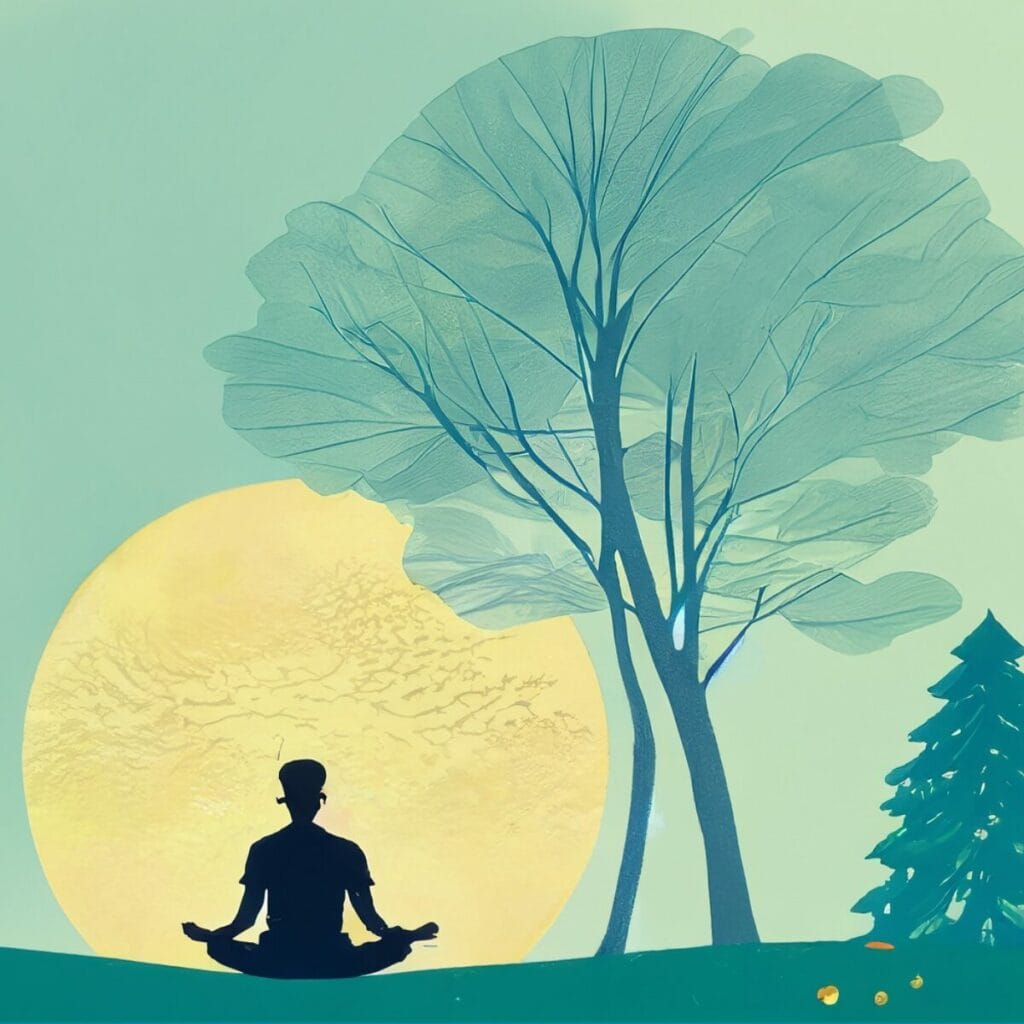
Equanimity is in a sense the goal of mindfulness practice: we aim to navigate life with balance and composure.
Life’s experiences can be extreme: moments of great joy, deep sorrow and paralyzing apathy. The world around us is constantly changing, and we are subjected to a wide range of stresses. Stress in our personal lives, amid love, loss, success and failure, but also on a global level, amid conflict, environmental crises and widespread uncertainty.
Mindfulness guides us toward equanimity. Toward the ability not to oscillate between these states, but to maintain calm and inner peace. Like a boat on the waves, we remain balanced. We manage the external pushes and always find our center. Equanimity enables us to respond with composure to life, in the everyday.
Equanimity should not be confused with apathy or emotional detachment. It does not equate to lukewarm living. On the contrary, it represents the ability to maintain calmness and mental clarity in any circumstance without being overwhelmed by emotions.
Think of personalities like Nelson Mandela. Despite his years of imprisonment and struggle against apartheid, Mandela embodied an attitude of calm resolve, maintaining his vision of a united and peaceful South Africa. His ability to forgive his oppressors and work for national reconciliation demonstrated an inner balance that had nothing to do with passivity, sloth, or phlegm.
During meditative practice, we can cultivate equanimity by observing our thoughts and feelings without identifying with them. We accept every experience without judgment. Express a resolute intention to embody the qualities of equanimity. You can name these qualities, such as “balance, justice, temperance.” Affirm your acceptance toward all that life offers as you invite the thought of a difficult situation into your life.
To conclude, we leave you with a quote that deeply touches the essence of meditation: “I once asked a monk how he found peace. “I say yes,” he replied. “To everything that happens, I say yes. “- Kamal Ravikant, from the book “Love Yourself Like Your Life Depends on It“.
Find us on social media
